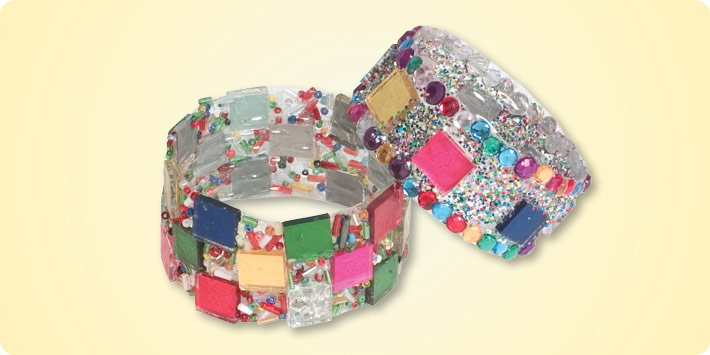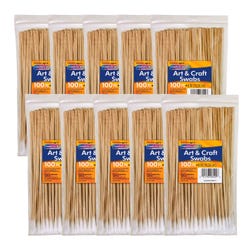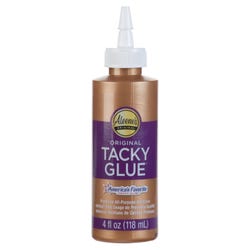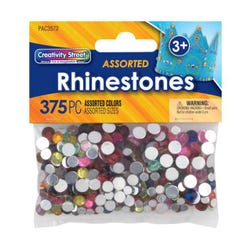East Indian Bangles

Description
Traditionally, an Indian woman is gifted with jewelry at the time of her wedding-a safeguard against the proverbial "rainy day". One type of Indian jewelry, bangle bracelets, most common in Delhi and Rajasthan, are relatively inexpensive and are often purchased simply for ornamentation by Indian people and tourists alike. They are bright, glittering, and exotic-looking to the Western eye. Your students can create their own versions of these colorful bracelets with recycled plastic bottles, glitter, sequins, gems and mirror tiles. They can be used as gifts or worn by the students themselves.
Objectives
- Students will use a variety of materials to create bangle bracelets of their own design.
- Students will be introduced to aspects of Indian culture and know that the bracelets serve a certain purpose within that culture.
Supplies Needed
Rhinestones, 375-Piece Pkg. 243069
School Smart® Sequins & Spangles, 1 lb. 085743
School Smart® Glitter, 6-Jar Set, 3/4-Oz. Jars, Assorted 201014
Mosaic Mirror Tiles, Assorted Circles and Squares, Pack of 150 406172
Aleenes Tacky Glue, 4-Oz. Bottle 001665
Art/Craft Swabs, Pack of 1000 1328180
Clear, empty, single-serving plastic beverage bottles
Clear packaging tape
X-Acto Knife
Scissors
Pictures or examples of Indian jewelry, particularly bangles from library books, magazines and the Internet.
You may also want to try:
Seed Beads,1/2-Lb, Assorted 245625
OR other small decorations
Standards
CONTENT Standard #1: Understanding and applying media, techniques and processes.
Grades K-4: Students use different media, techniques and processes to communicate ideas, experiences and stories.
Grades 4-8: Students select media, techniques and processes; analyze what makes them effective or not effective in communicatingideas; and reflect upon the effectiveness of their choices.
CONTENT Standard #4: Understanding the visual arts in relation to history and cultures.
Grades K-4: Students know that the visual arts have both a history and specific relationship to various cultures.
Grades 4-8: Students analyze, describe and demonstrate how factors of time and place (such as climate,
resources, ideas and technology) influence visual characteristics that give meaning and value to a work of art.
Instructions
Teacher Preparation
1
Cut rings at least 1 wide from clear, empty single-serving plastic soft drink or water bottles. An X-Acto knife works well to cut the plastic. Have a variety of sizes for the students to try. Cut enough rings for all of your students.
With The Students
2
Discuss the appearance and traditional purposes of Indian jewelry. Show examples.
3
Try on plastic rings and find one that fits. If all of them are too big, use a scissors to cut a ring open with a vertical cut. Overlap the ends at a point where the bracelet will fit but still slide off and on. Tape with clear packaging tape.
4
Plan what materials you will glue onto the bangle. Creating patterns is a good way to keep your bracelet looking unified and attractive.
5
Begin to glue on various types of decorations. It is best to use a thick coating of the glue, especially if your plastic ring is not perfectly smooth. You may use the swabs to apply the glue to very specific areas or you may squeeze on the glue directly from the bottle. Heavier items, such as the mirror tiles, should be adhered after the glue has had a chance to become somewhat tacky.
6
Pay particular attention to completely covering the top and bottom edge of the ring with some or your decorative materials so the edge of plastic ring does not show.
7
Allow the bracelet to dry until the glue becomes entirely clear. This may take a few days.
8
Display and discuss what makes the bracelet designs effective or not effective.





